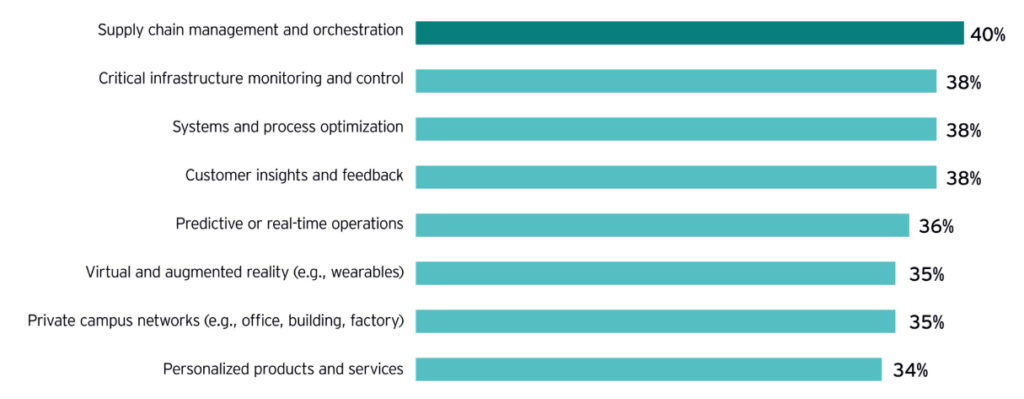Beyond the telecom industry, enterprises are anticipating 5G to enable new business models and possibly prop up existing ones. The 2017 Qualcomm-commissioned study by the Berkeley Research Group, The 5G Economy, suggests that by 2035, 5G could underpin up to US$12.3 trillion worth of goods and services including education, healthcare, media and entertainment, retail and transportation.
Fast-forward to 2020 and a new EY study, Maximizing the 5G opportunity for enterprise, reveals mounting strategic, financial and operational challenges may be putting a damper on previous expectations.
The EY study revealed that 52% are not confident in their organisation’s ability to implement 5G-based IoT, a further 74% believe they need to overhaul their operating model to realize implementations.
This revelation comes even as 15% of enterprise pour money into 5G projects with up to 69% doing so in three years. And among those already investing in 5G today, 67% are either engaging in trials or are in discussion with suppliers, rather than moving to the operational phase.

Source: Maximizing the 5G opportunity for enterprise, EY 2020
It is becoming clear that ROIs are not coming any time soon for early adopters.
Challenges ahead
This caution is driven by several key factors, including knowledge gaps around use cases (75%) and a perception of 5G as an incremental progression on 4G (69%). Respondents also cited integration with existing technologies as the biggest internal barrier to 5G adoption (37%), while the perceived immaturity of 5G technology tops the list of external challenges (35%).
According to Tom Loozen, EY global telecommunications sector leader, enterprises acknowledge that to succeed they need to develop a road map that is aligned to the broader landscape of technology transformation.
“However, anxieties persist around technology integration, maturity and cybersecurity. To overcome this inertia, 5G vendors need to articulate a more compelling vision of the opportunity, while enterprises need to educate themselves on the game-changing possibilities that go beyond efficiencies alone,” he added.
Recommendations
Not surprisingly, EY suggested that organisations interested on harnessing 5G benefits must form the right partnerships. This isn’t a hard sell today as 79% of respondents believed they require external support to generate robust 5G use cases, while 77% said they will prioritise vendors that can deliver 5G business outcomes as partners – rather than offering pure cost benefits.
Sixty percent indicated that their organization is currently struggling to identify the right 5G vendor, and 67% say their vendor interactions to date have largely been transactional and tactical.
Just 10% of Asia-Pacific enterprises are currently investing, despite representing the highest level of planned expenditure over the coming year. Overall, US enterprises are set to remain ahead, with almost half (48%) planning to invest within the next 12 months, compared with 43% in Asia-Pacific and 38% in Europe.
Locally
Cheang Wai Keat, EY ASEAN technology consulting leader and Singapore head of advisory, at EY commented that Singapore enterprises that are keen to develop 5G solutions should start planning their R&D investments, and develop new skills and capabilities into IoT, big data and smart devices to seize opportunities in new business models and channels as they emerge.
“They will also need to align these 5G initiatives with their broader digital transformation strategy, which needs to be supported by a culture of innovation and with the right partners. Looking ahead, Singapore’s plans to rollout 5G coverage for at least half of the island by end-2022 is one important milestone on the horizon,” he continued.





